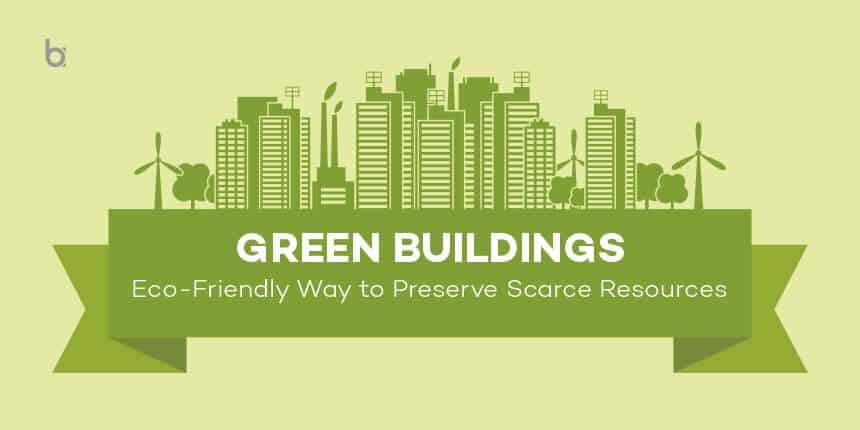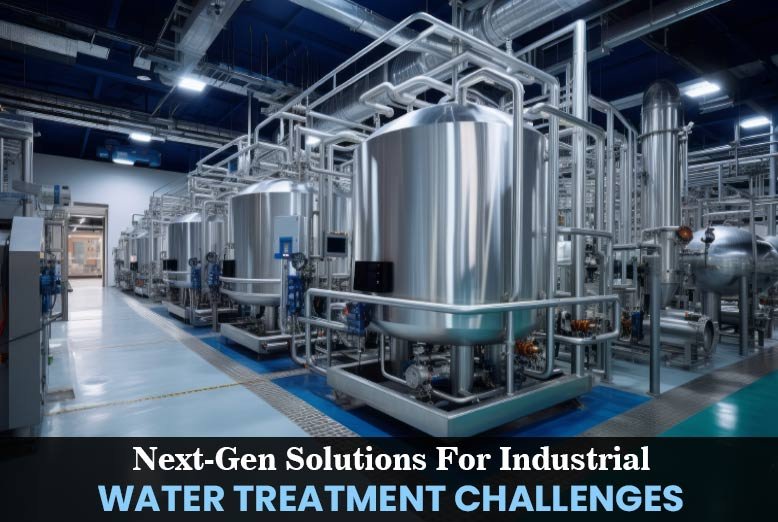Buildings are a major energy-consuming sector in the economy as it requires about 35 to 40% of total energy during construction. The significant consumption of energy in buildings is during construction and later in lighting or air-conditioning systems. This consumption must be minimized. Possibly, this should be limited to about 80-100 watts per square meter. Along with that, the industry is producing the second-largest amount of demolition waste and greenhouse gases which counts almost 40% of the total emission. The environmental impact of these buildings over their entire life cycle is very damaging. Ground cover, forests, water, and energy are eroded while constructing buildings.
All the activities involved in the construction of buildings are polluting the environment and increasing greenhouse gases. And nature might not tolerate any more degradation in the hands of man. To bring a positive change that will benefit both the environment and the sector we might need to switch to green buildings.
Environmental As Well As Socio-Economic Benefits with Green Buildings
Let’s understand, what is green building? A ‘green’ building is a broader concept of modern construction which in its design, construction or operation, lessens negative impacts, and can create positive impacts, on our climate and natural environment. These buildings not only preserve precious natural resources but also improve our quality of life. Across the globe, several countries and regions have a variety of characteristics such as separate climatic conditions, unique cultures, and traditions, diverse building types, and ages, or wide-ranging environmental, social and economic priorities – all of which shape their approach to green building. Irrespective of the approach green buildings are meant to reduce the bad influence on human wellness and the natural environment by efficiently using energy, water, and other resources, protecting people’s well-being and enhancing performance by reducing waste, pollution, and environmental degradation.
Green construction is heavily growing in developed economies such as the U.S. and some parts of Europe by rapidly outpacing conventional construction. The green construction is also needed to be regulated and to do that green building certification was introduced. Green Building Certificate is a letter of certification that is needed to prove that the building actually builds in accordance with green codes. Green building rules and regulations continue to be developed and adopted that seek to push the standard of building design and construction to new levels of sustainability and performance.
Real Estate Going Green
As per the prediction made by Green Building Impact Study, the green construction would account for more than 3.3 million U.S. jobs in 2018. This number makes up more than one-third of the entire U.S. construction sector. Although much-associated energy efficiency with higher costs, green building construction now attributes increased economic benefits over those that lack green qualities. These benefits include lower operating expenses, higher occupancy rates, and increased resale value. All of these factors contribute to builders and real estate buyers “going green.” For developers interested in commercial and multi-family properties, implementing sustainable business practices can achieve longevity in the future market.
Green Building Council is an independent, non-profit organisation made up of businesses and organisations working in the building and construction sector. Members of GBC work to advance green building at local capacity, as well as uniting with other Green Building Councils of the world to achieve environmental, economic and social goals on a larger, global scale.
Obstacles Hindering the Greener Path
The lack of public awareness is still among the main obstacles in developing the green building market, especially in emerging countries. In terms of awareness, one of the most commonly lacking aspects is a grasp of the short term cost versus long-term benefits of mainstreaming green initiatives. Due to vested interests in renewable energies, political support for the green initiative in real estate is not able to gather momentum. The idea is still to reach the masses as it is confined to luxury homes and buildings in the major cities.
Despite all these roadblocks the green constructions aim to achieve sustainability by integrating techniques and materials that conserve natural resources and improve environmental quality throughout a building’s entire life-cycle. Green building concepts represented measurable and often marketable benefits. It not only reduces life-cycle costs, but also decreases the risk of liability during construction operations, occupancy, renovations, and disposal or disassembly at the end of a building’s useful life. Another factor that makes the concept of green building more suitable for modern needs is enhanced marketability due to improved energy efficiency, lighting, comfort, and indoor air quality.
Real Estate Sector Needs To Provide Sustainability
Sustainable Living has gained significant importance owing to the mindset change among environment-conscious individuals. The rapid degradation of the planet and resulting in ill-effects on the environment has sounded alarm bells globally. The call for sustainable living has come about due to rapid urbanization and the cities turning into concrete jungles. The fast depleting green cover and open areas have given way to high rises and concrete blocks. There has been a growing concern among people to protect the planet from self-destruction. Real Estate developers need to work cohesively towards building a sustainable future for the coming generations as well.
Changing Landscape and Universal Demand for Green
According to the study conducted by the Energy Information Administration of the US, shows a visible trend across the globe. The growth rate in the total consumption of energy is being greater than the population growth rate. One of the major objectives of green buildings is to reduce the consumption of energy and stop the degradation of the environment.
Today’s societal landscape has created more demand for green buildings than ever before. The anticipation of severe climate change, a developing universal awakening to the detriments of fossil fuels, and greater value on lessening our economic and environmental footprint are increasing interest in sustainable design techniques. This has given rise to innovation in this sector, which is rapidly evolving.
Green building design is not just a faddish practice. It is a completely different process of development that considers not just one entity’s end goal, but rather the environment as a whole. Considering the needs of various ecosystems in our design processes is the first step in moving away from burdening our environment and toward integrating new designs within an already-existing ecosystem. In short, green buildings are a design and consumption practice that promotes the economic health and well-being of society and the environment.
















